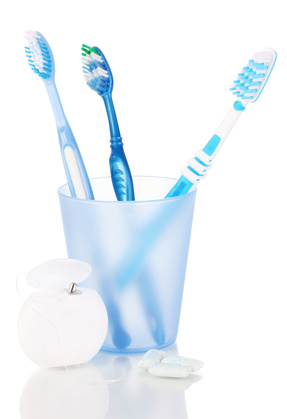
I was visiting a friend at the weekend and their 9 year old was using the computer for his homework. Whilst this looked a lot more fun than homework was in my day, it might not be fun in the long term (or even short term) for his back.
He was sitting at the kitchen table. His feet didn’t reach the floor. He was working at a laptop with a small screen so was having to dip his head to read the screen. He was only using one hand to type and was twisted as he reached over the keyboard. Because of this, his right shoulder was higher than the left, his back and neck were twisting and he was coming off his right sitting bone a bit.
Kids use computers for homework and computer games, browsing and drawing. It is a disaster in waiting if we don’t address their posture – backache, neck pain, shoulder pain, tight hips are all waiting to leap at a potentially young age. There are also implications for eyesight problems too if they stare at a screen for too long, keeping a limited focal distance
So, what can be done to help things? Here are a few ideas:
- Awareness, awareness, awareness. Parents, carers, teachers and young people all need to know that using our body well is as important as using the computer well. Think posture first.
- Chair Height – shoulders. The chair seat needs to be high enough so the forearms are parallel to the keyboard without raising the shoulders. If the forearms are sloping upwards, the chair is too low. Use books or a cushion to raise the seat height if it’s not an adjustable chair.
- Chair Height – legs. If their feet don’t reach the ground or aren’t flat on the floor, put something under their feet. Either some books/blocks or a small stool if they are really little. Their thighs should be parallel to the floor.
- Screen Height. Ideally, the top of the screen should be level with the eyes. A separate keyboard is helpful for laptops so the laptop or netbook can be propped up on something to raise the screen height.
- Watch for twisting or slumping. There’s a lot more to this than meets the eye which is where a trained Alexander Technique practitioner can advise. But at least start to look at their posture and notice what is going on. Also keep an eye on your own posture as children mimic adults. I find that parents who bring their children to me to look at their posture are often slumped in the chair during our appointment!
- Don’t “Sit Up Straight!” Following the above point, sitting up straight makes people hitch up and be stiff. They often arch the lower back and push the chin up too far. Instead, see if they can wriggle onto their sitting bones. More gentle and may be more effective.
If adults and children are sharing a computer, then these adjustments needed to be made for each person. It’s tempting to think that we’re only going to use the computer for a bit but we do tend to get a bit sucked in and then find we’re on it for longer than intended.
I’m happy to work with children. They often only need a few sessions. I do prefer that the parent/carer also has lessons with me. It helps the adult have an experience and greater understanding of what we’re working with and will help them with their child as they can share ideas and insights.



